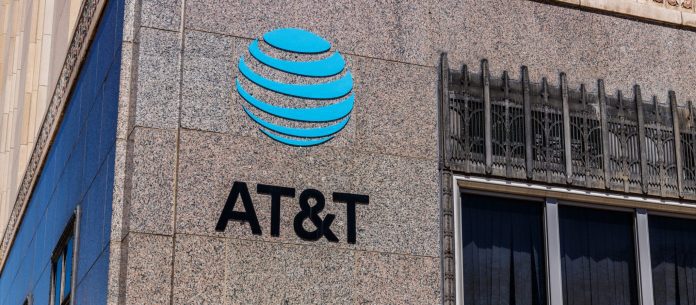Note, this is the second part of a wide-ranging interview with AT&T President of IoT Solutions Chris Penrose; for the first instalment go here.
In all, AT&T has connected 48 million devices around the world. It counts 2,000 different “types of deployment” down the years. Its February deal with Caterpillar, to connect over 500 different types of machinery in 165 countries, is a landmark, it says. Asset tracking, across a number of verticals, is a touchstone, too.
“We connect everything from Maersk shipping containers to coolers and vending machines,” says Chris Penrose, president of the company’s IoT business. Alongside, he notes “nice adoption” in the smart cities space, notably for management of lighting and water, and AT&T’s work to give priority and protection to emergency services with its FirstNet network – for connecting vehicles and officers.
But the US carrier is working to capture every opportunity in the mad-paced IoT market, and not just the big-ticket wins. “AT&T is a one-stop-shop,” says Penrose. “From two folks in a garage to the largest companies in the world – to help ideate, deploy and manage IoT solutions.”
Its terms of engagement are that the technical solution is repeatable and the business solution is scalable. But the false steps are fewer; business in the IoT sector is taking form, finally. The market has matured enough that trusted models are easily available and commonly applied.
“A lot of folks have gotten into some early learnings and prototypes; now we’re seeing those begin to scale,” says Penrose. AT&T has has witnessed the sector’s trial-and-error first hand, as it has found its feet; it knows the watch-outs and best-practices, it claims, and provides support to skip through the chaos.
“We’ve taken these from proof-of-concept to deployment; we’ve learned a lot about how to build these things,” explains Penrose. It has the right team in place, he says; selected for its knowledge of both vertical markets and horizontal technologies. Experience tells, he says.
“We’ve been doing this for a decade already. We’ve seen key areas emerge – with repeatable solutions, which more and more companies want to implement. Our ability to take and create a solution to be used over and again is a major part of the strategy.”
There is work, he says, to fit the technology to the application. “What components are we offering? Just our connectivity, or a full end-to-end capability set, including platforms, data analytics, and professional services?” The question of national and international access arises, too.
But these are housekeeping matters. In practical terms, the first challenge is just to get the solution onto the network. AT&T has built a “machine” for pre-certifying chipsets and modules that work on its various networks.
Subscribe now to get the daily newsletter from RCR Wireless News
“We can point to a set of pre-approved devices, so companies don’t have to build from scratch. They can grab them, and be certified in a matter of weeks,” says Penrose.
Such network support, bringing order and speed to the rangy IoT market, has become standard practice among operators, and typically network vendors. AT&T has joined with Ericsson to check IoT devices – “from body cameras to streetlights, to industrial routers and medical devices” – against cybersecurity threats.
The pair are offering the service through the CTIA’s new cybersecurity certification programme. Devices will be tested and certified by Ericsson at its labs; AT&T is making the service available to enterprise IoT customers.
AT&T has published a number of starter kits, as well, to give developers access to all its networks, platforms, and tools to go into production faster.
It has a number of ‘foundries’, too, geared towards ‘co-creation’ (collaborative creation) in and around the IoT space. Its facilities in Dallas and Plano, in Texas, are straight-up IoT innovation centres, for prospects and customers to iron out design wrinkles, in lab settings with network specialists.
“At the end of the day, it’s about the return on the investment. If we can’t find a way to save you money or make you money, then we shouldn’t be doing it. We should be able to point directly to the outcomes and impacts,” explains Penrose.
“Now these things are connected, how do we transform business?”
To be continued… sign up to the Enterprise IoT Insights newsletter to be sure to catch the next instalment.
The IoT interview (pt1): “We have to focus on what scales and repeats,” says AT&T
The IoT interview (pt2): “We’re a one-stop IoT shop – for every enterprise,” says AT&T
The IoT interview (pt3): “We do what we can, and partner on the rest” says AT&T

